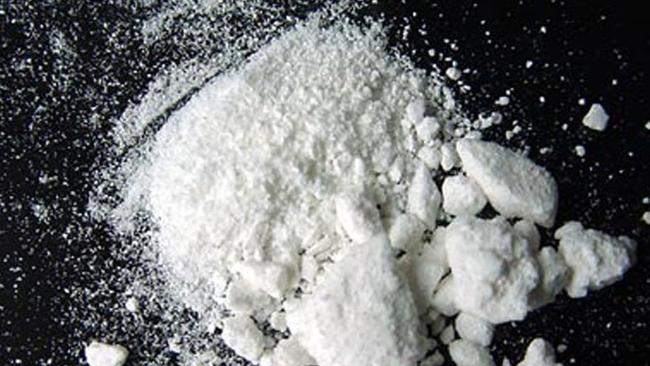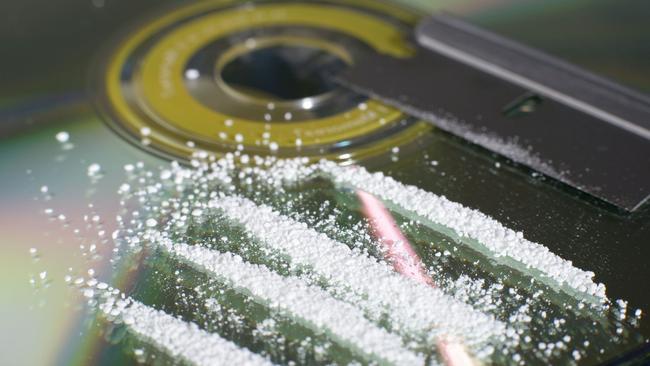Daily Telegraph editorial: Cocaine boom needs to bust
THERE is a view widespread within Sydney and across NSW that the use of “ice”, has taken the place of other illicit drugs such as heroin and cocaine. Rather than being replaced by ice, the use of heroin and cocaine appears to have continued parallel to consumption of the newer, ferociously addictive stimulant.

Opinion
Don't miss out on the headlines from Opinion. Followed categories will be added to My News.
THERE is a view widespread within Sydney and across NSW that the use of crystal methamphetamine, or “ice”, has taken the place of other illicit drugs such as heroin and cocaine.
But while it is true that ice has become far more invasive in rural and regional areas than heroin and cocaine ever were, mostly due to its relative ease of manufacture, the story in Sydney is different. Rather than being replaced by ice, the use of heroin and cocaine appears to have continued parallel to consumption of the newer, ferociously addictive stimulant.
As the latest NSW Bureau of Crime Statistics reveal, the first three months of 2018 saw more than 1000 busts associated with people either using or dealing in cocaine. At present, the number of cocaine arrests is on track for a regrettable annual record.
Of course, those arrests only represent a sample of overall cocaine use, which is why bureau director Don Weatherburn accurately describes the cocaine boom as “frightening”.

“I wouldn’t use the word endemic, only because its use seem largely isolated to the city and eastern suburbs,” Dr Weatherburn told The Daily Telegraph, “but it means there is a lot of cocaine around and that increases the profits of organised crime.”
Consider the locations cited by Dr Weatherburn. They are precisely the same locations known for cocaine availability and abuse during the drug’s previous periods of abundance. Consumption rates may rise and fall, but certain Sydney stereotypes remain resolutely in place.
According to State Crime Command Drug and Firearms Squad commander Detective Superintendent Peter McErlain, NSW has the highest consumption of cocaine in Australia — a statistic partially driven by our sheer population in comparison with other states, but also by an undeniable cultural flaw.
As for heroin, there has been an annual increase in its use during each of the past five years. Heroin may have fallen from broader public notice, but it has not become any less deadly or destructive.
But there is some small amount of very welcome news. During this welter of substance abuse, ice possession has actually declined by 7 per cent since 2016. Dealing has been cut by a hugely impressive 26 per cent.
Count that as a gain, and any illicit drug use as a loss.
BLUES WIN CONTEST FOR AGES
STATE of Origin I began with typically brutal defence. Then followed one of the great attacking duels in recent Origin history. James Maloney combined early with Blues teammate (and best on field) James Tedesco for a blitzing try before Valentine Holmes shrank the margin to two points. The intensity of that exchange was emblematic of the entire first half.
Blow and counterblow continued in the second, but with an added Tommy Trbojevic miracle. Two Queenslanders are not equal to one Turbo. NSW deserved to win. And rugby league deserved this, truly a contest for the ages.
SCHOOL OF THE AIR FUTURE
THERE is a simple reason why many schools in Asia and elsewhere are situated in high-rise buildings, where even the playgrounds are many floors above street level.
The reason is space. Major Asian cities don’t have much of it. So schools head skywards.
By comparison, Australia has a great deal of space. Even Sydney, with Australia’s largest city population, has nowhere near the population density of similarly sized global locations.
According to Education Department chief Mark Scott, however, we too will soon be sending our children to classrooms accessible only by elevators. “You certainly don’t have the big 10 hectare sites you once would have had,” Scott told the Daily Telegraph. “High rise schools aren’t unfamiliar around the world. In fact they are very common in big cities, not just in Asia but in London and New York.”
London has a population of 8.1 million crammed into 1572 square kilometres. To put that in an Australian context, Perth has just one quarter of that population spread out across more than 6400 square kilometres.
